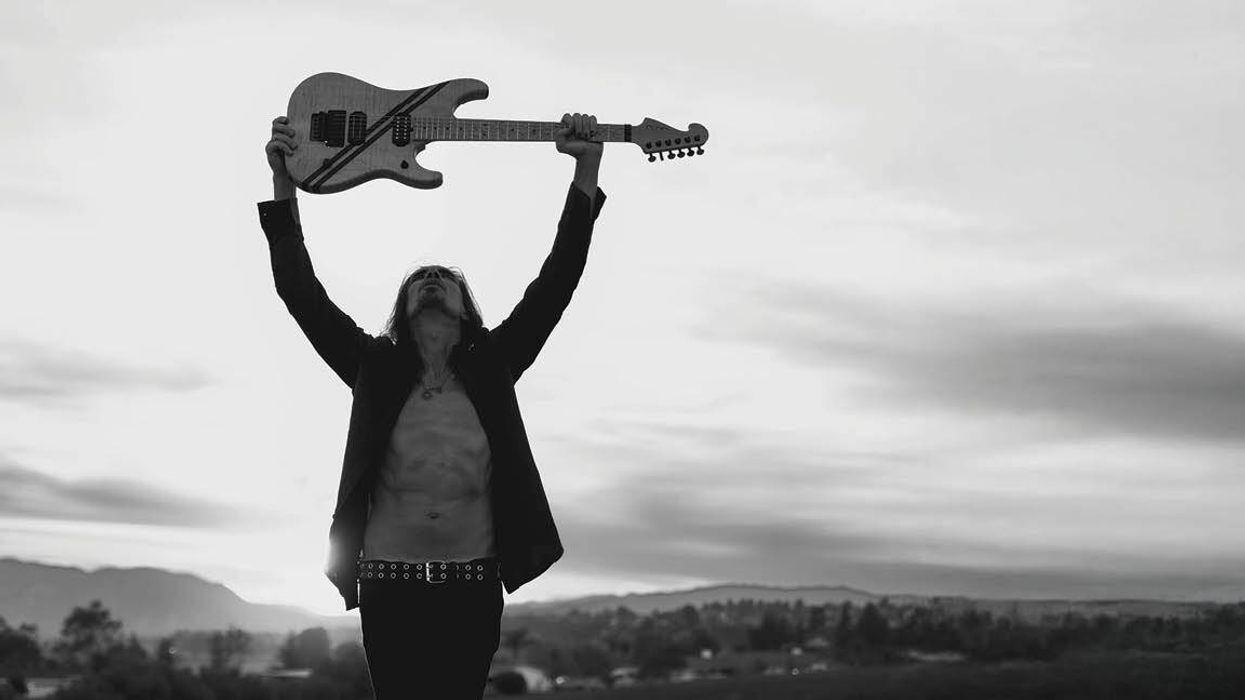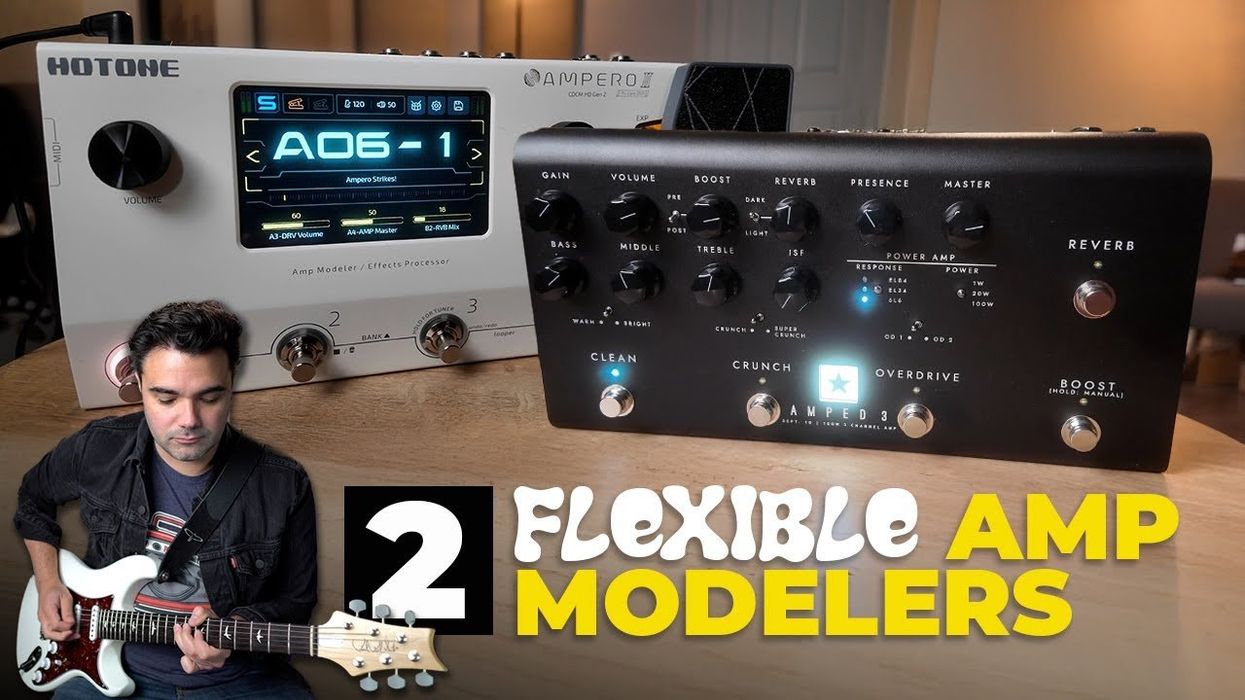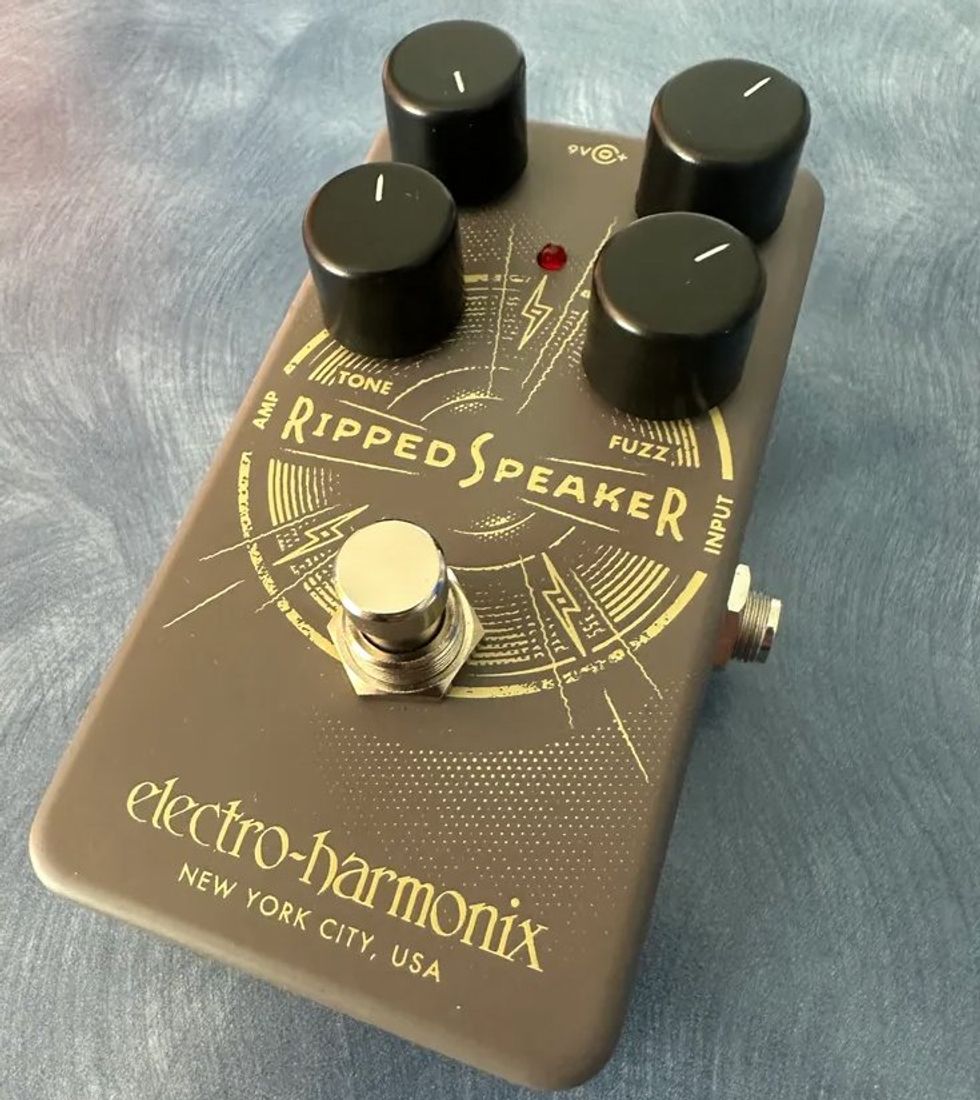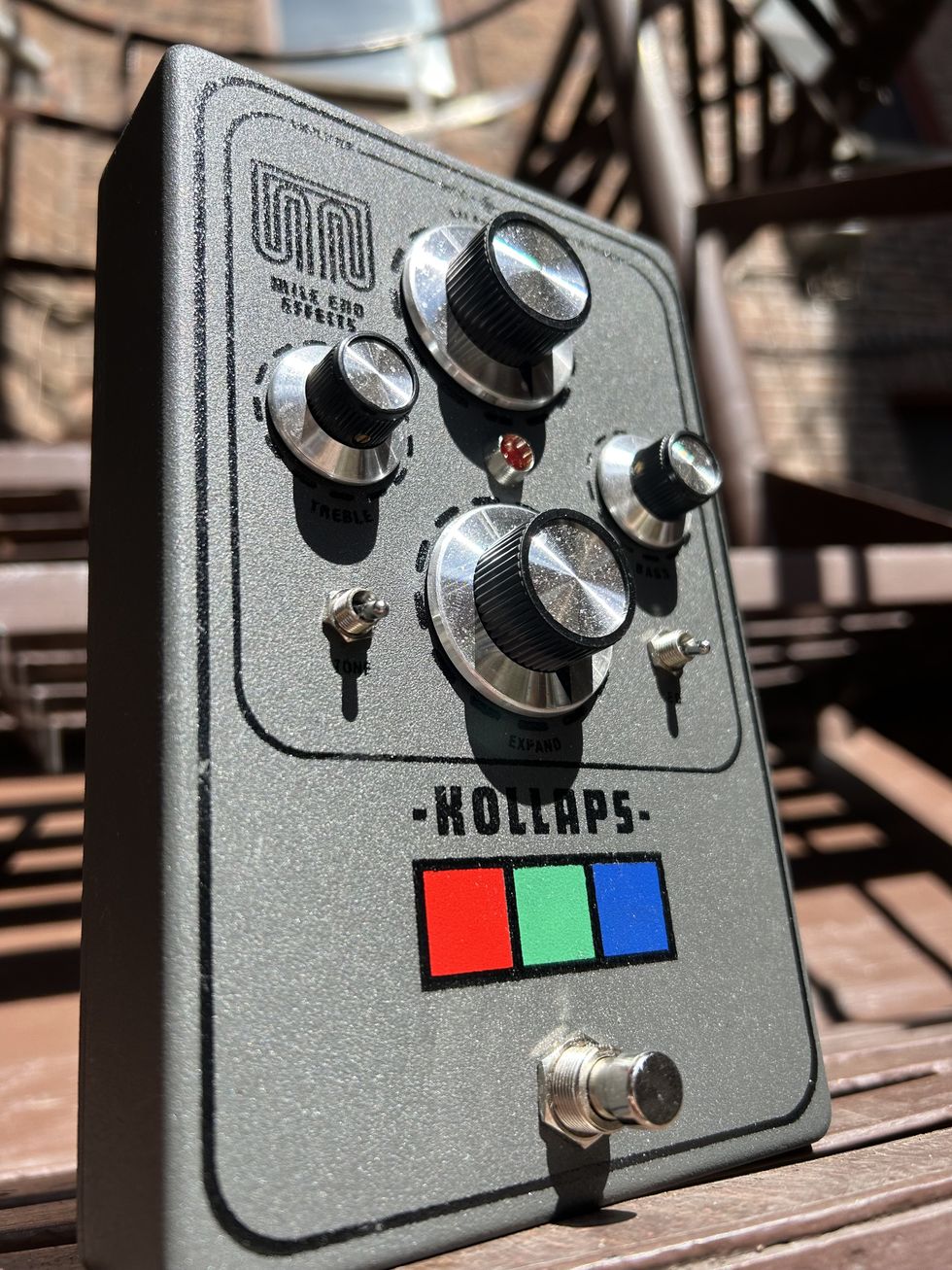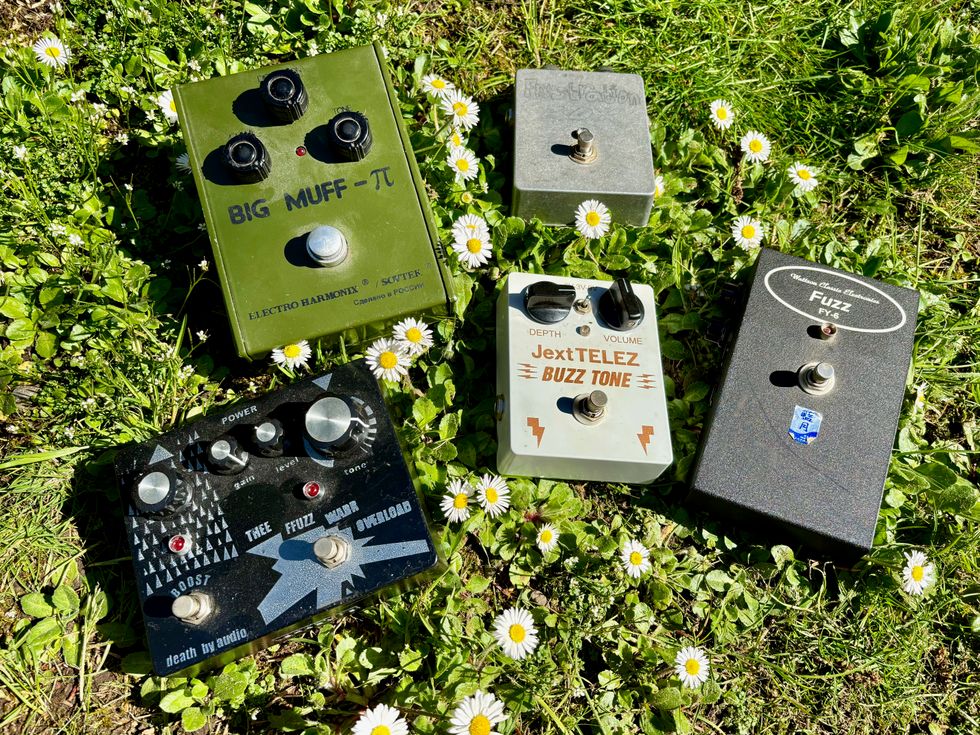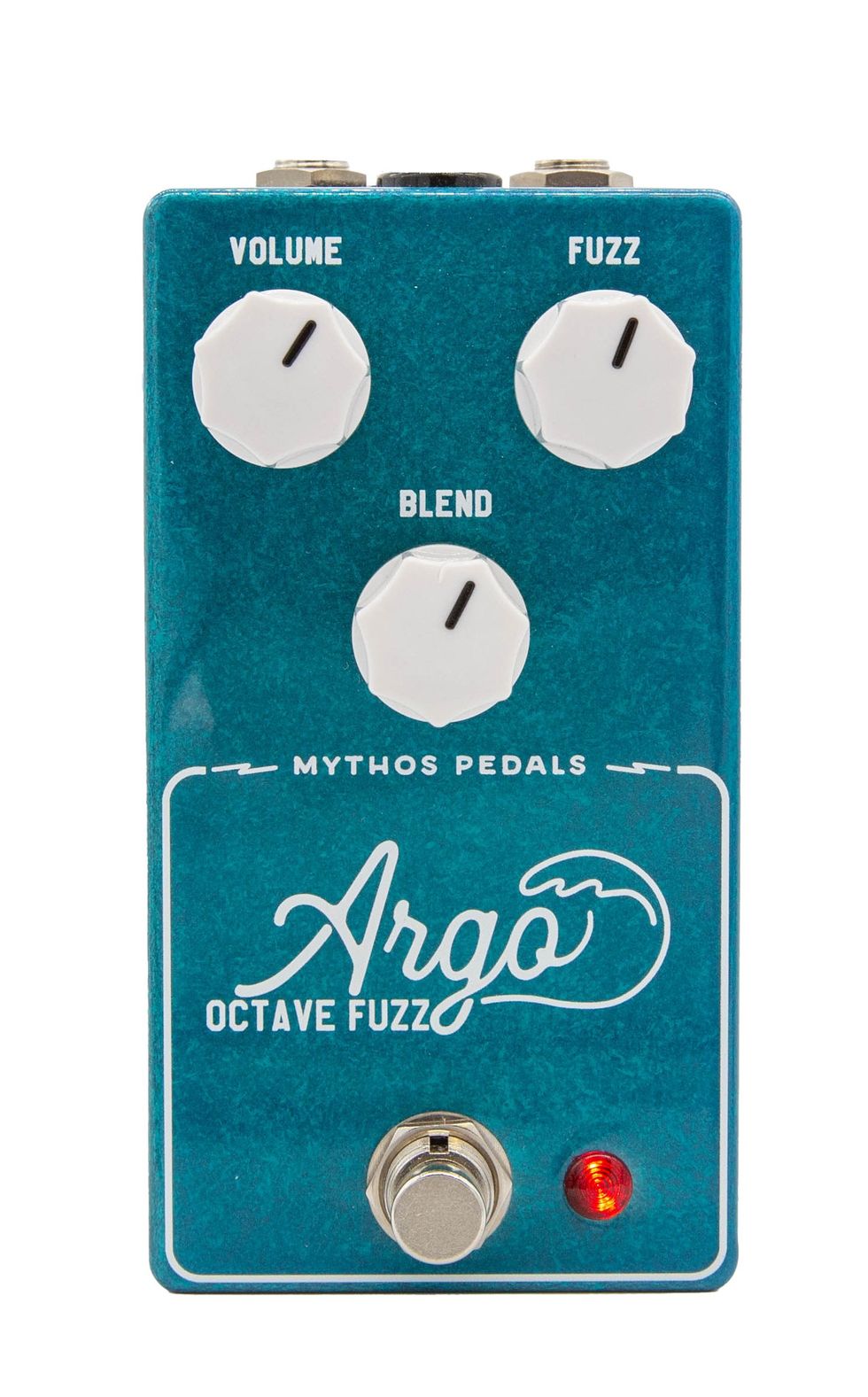Chops: Beginner
Theory: Beginner
Lesson Overview:
• Learn how the song can
become your greatest
guitar teacher.
• Discover the greatness that
is the balance knob.
• Expose the soft white underbelly
of the jazz drummer with
a heavy metal anthem.
I am writing this month’s column while riding in a van to the next gig of my Italian clinic tour. With 20 shows in a row and no days off, the schedule is rigorous, to say the least. But I love playing, and that keeps me happy and healthy. Every show brings musical adventures to me in the form of a different bassist and drummer. These generous musicians have been kind enough to learn a formidable list of songs I send out in advance. I truly enjoy this rebellion against “backing tracks,” and it toughens me up to adapt to different musicians’ idiosyncrasies of style and meter on a daily basis. Mostly, it’s just fun to jam a bunch of tunes with different guys every day.
The message that I bring to the audience is this: The best guitar teacher is learning songs and playing them with a band. In my clinic, I show how each song teaches me something valuable. I think the students learn some good things, but I’m the one who benefits the most because I learned the songs! This month, I want you to benefit too.
So I’m going to give you a homework assignment—a very enjoyable one. I want you to learn the songs I learned for my Italian clinic tour. I guarantee you will come out of the other end of this tunnel with bags of inspiration, ideas, and improved fingers and ears. Here is my set, in order, plus some notes on what I found challenging or interesting.
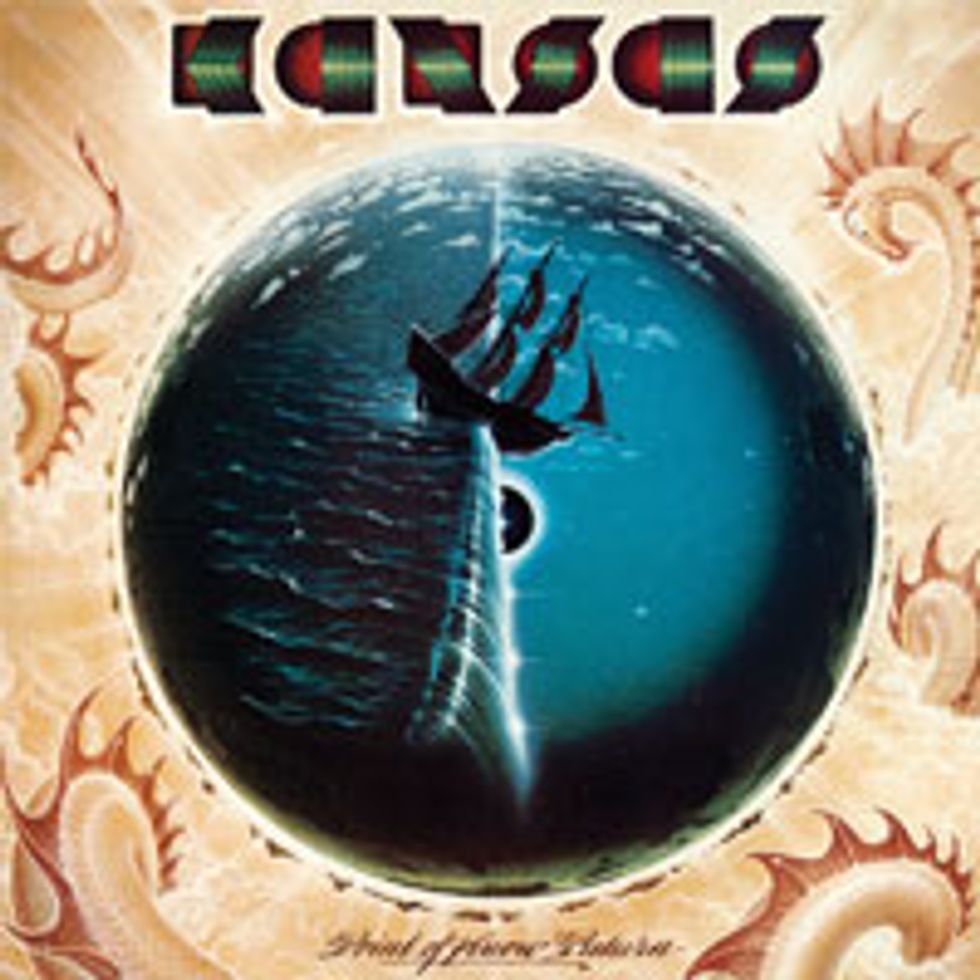
“The Point of Know Return” by Kansas. There is a repeating arpeggio melody that the violin plays in this song. I was jealous of the violin having all the fun, so I worked out a way to play it on guitar. My hint to you: Sweep picking won’t work. Go for pull-offs, string skipping, and a bit of left-hand stretching. For bonus points try the long violin arpeggio in the bridge.
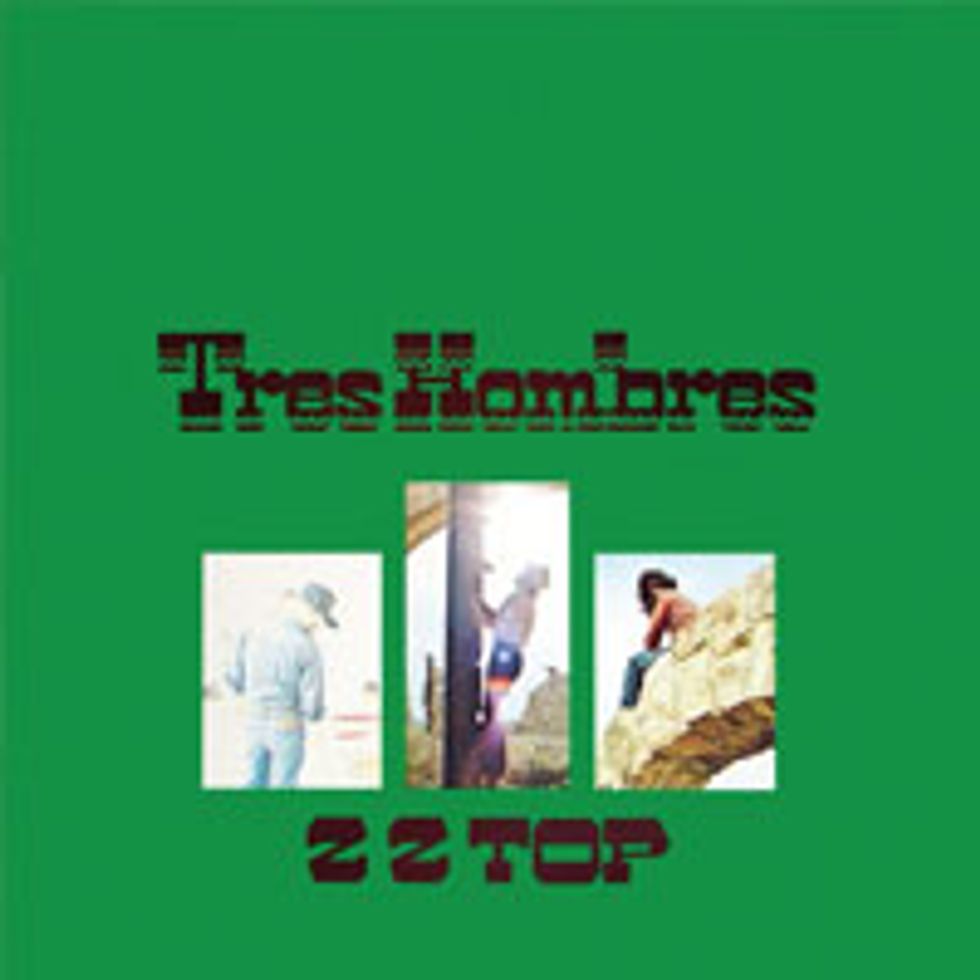
“Waiting for the Bus/Jesus Just Left Chicago” by ZZ Top. Does guitar playing get any more fun than this? I’ve jammed this pair before in countless soundchecks, but I finally sat down and learned it properly to get the details of the riff right. And the details are worth getting. Vibrato, vibrato, vibrato! For a good time, call Billy Gibbons.
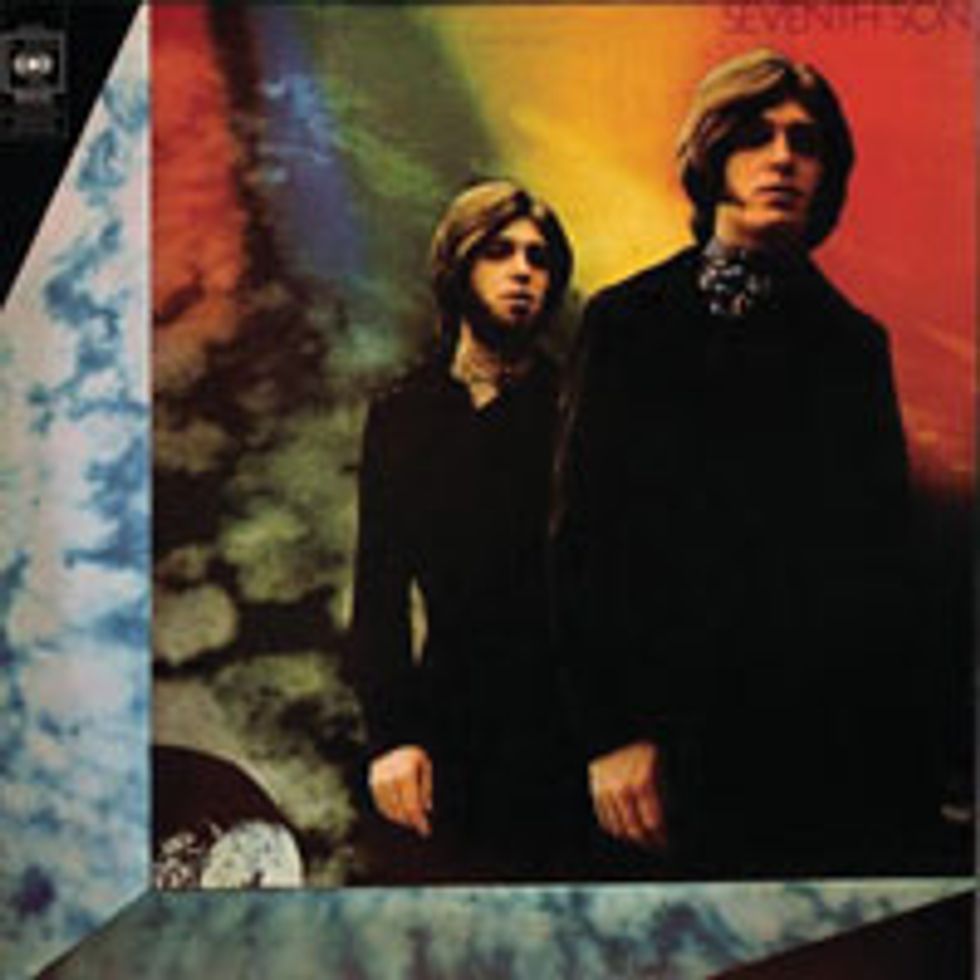
“Somebody Stole My Thunder” by Georgie Fame. I’m guessing that you haven’t heard this song yet. For goodness sakes, go pull it up on iTunes or YouTube and get a load of one of the swingingest grooves of 1969. I extended the ending fade out into a guitar-scatting solo to give the guitar fans some extra entertainment.
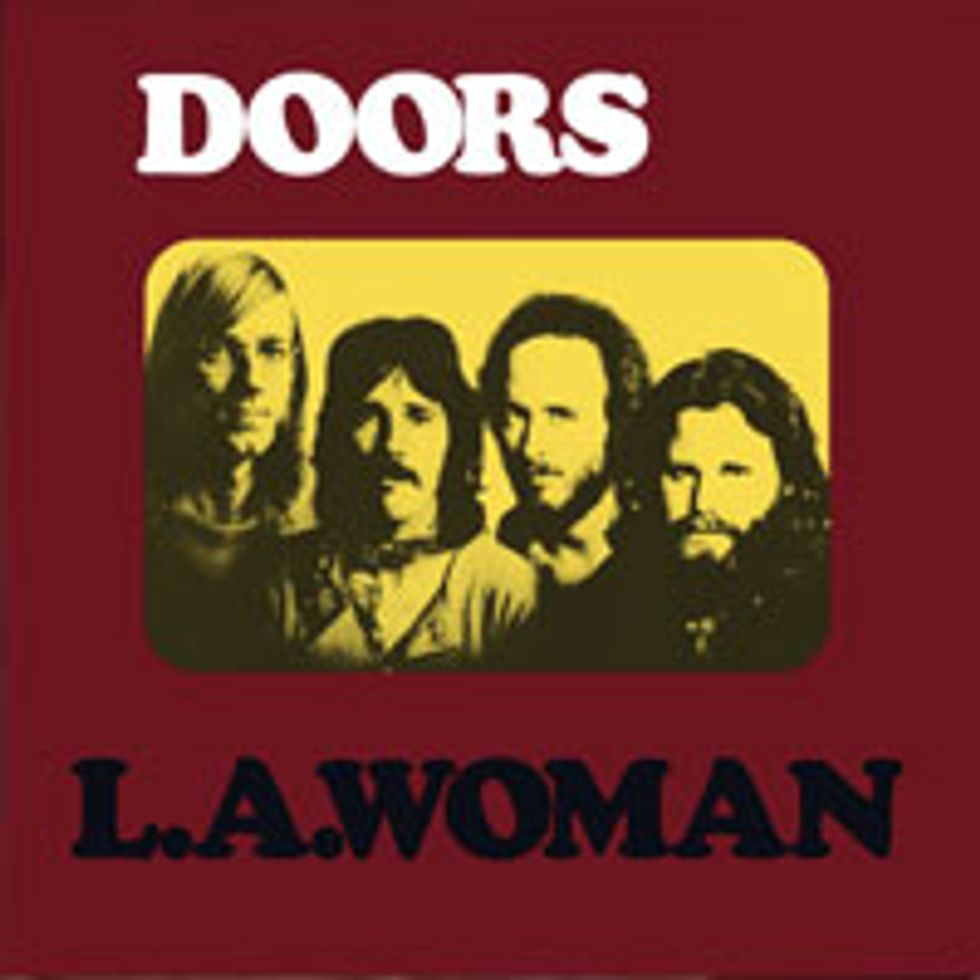
“Riders on the Storm” by The Doors. Yes, “Riders on the !#$@ing Storm.” I’m pretty sure that 99 percent of the audience did not like this song at all. Did that stop me? Nope. I take a perverse pleasure in giving the shredders what they don’t expect. It’s all in the name of trying to get guitar players to rethink their self-imposed stylistic boundaries. When I was a teenager I never would have dreamed of playing this song. But now I love it. The solo sections are truly challenging for me because it doesn’t sound right to play loud and fast. I have to slow down and quiet down and still keep it interesting with some good notes and phrasing choices. This can be bitter medicine for the heavy metal guitar player, but in the end I feel healthier having taken it.
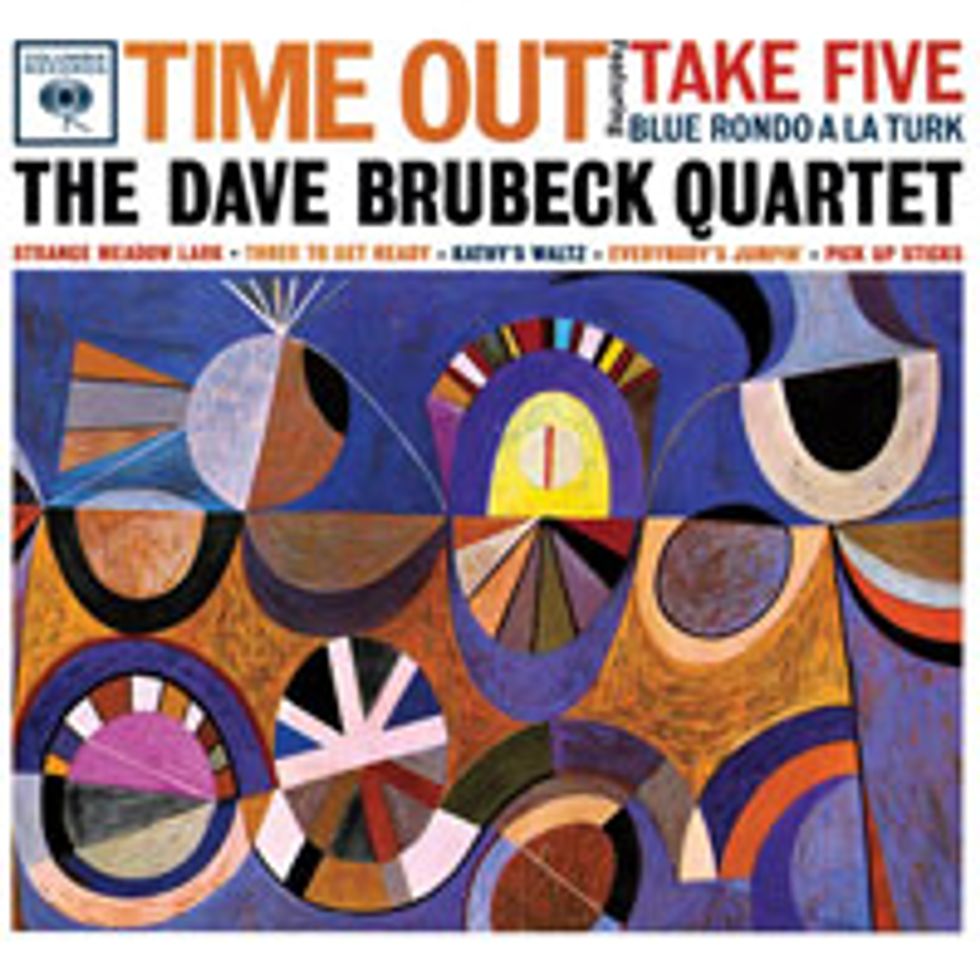
“Blue Rondo à la Turk” by Dave Brubeck. I’m fortunate to have a wife who has spent years playing piano. On this tune she plays the piano part and I take the saxophone parts. The main melodies are fast enough to be interesting, but slow enough to not cause me to panic. The solo section is a jazzy F blues and it forced me to expand from my I–IV–V comfort zone by adding a IIm chord and a VI7 chord into the progression, as well as some diminished moments. These sounds are familiar to me, but my fingers had no idea where to go, so I had to spend some time cramming new shapes into my head. This was time well spent and the result is that the grimacing specter of jazz gave me one friendly grin before resuming its fearful face. Overall this is a fantastic tune and it makes me wonder if Rush got some of their influence from the odd time signature.
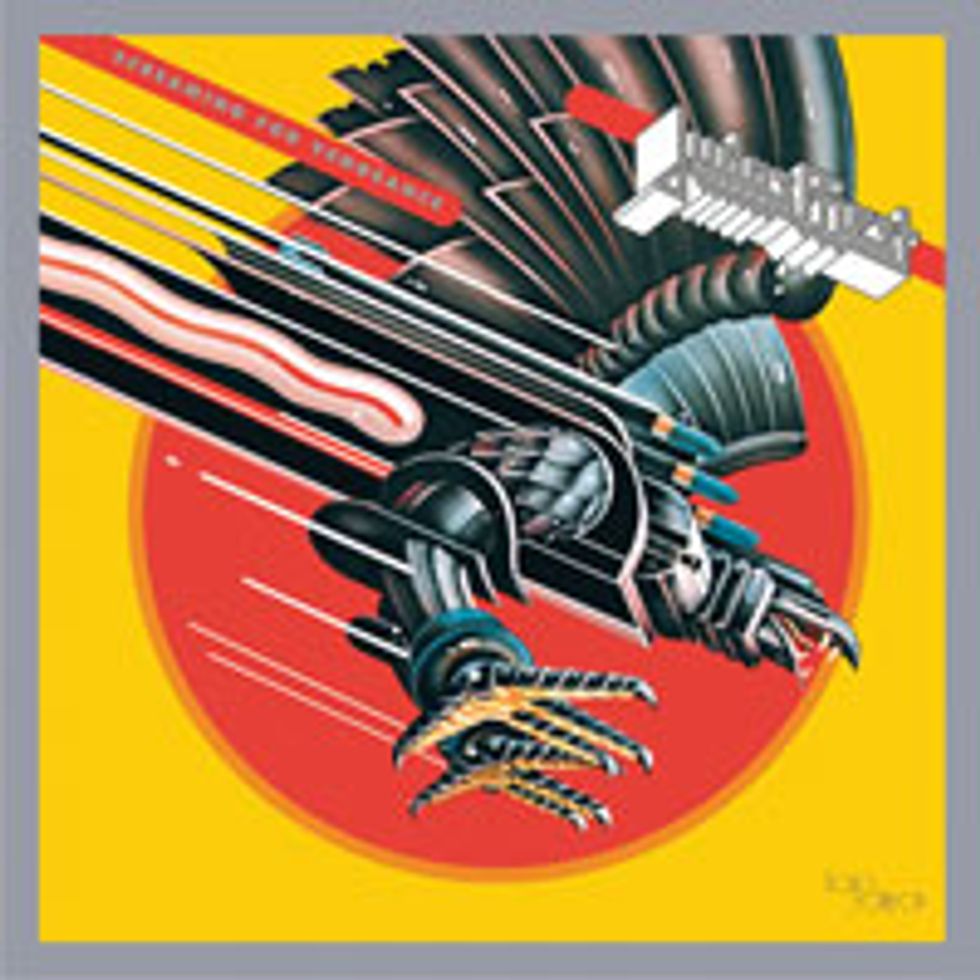
“The Hellion/Electric Eye” by Judas Priest. Oh, rapturous metal! This is the good stuff and the audience responds accordingly. I learned this pair of songs back when I was 16 and it was the first time I had any success with fast alternate picking. It was fantastic to relive the experience while singing the line, “I’m made of metal!” This song also spotlights the soft white underbelly of jazz drummers. My open message to jazz drummers around the world is this: “Yes, you have to learn the accents. You can’t be swishy and improvise your way through this. It’s METAL. Get the accents right!” End of rant.

“Space Truckin’” by Deep Purple. For those of us who grew up in the ’70s, there is one thing that we sorely miss about the ensuing decades: They don’t put balance knobs on stereos anymore. I loved my balance knob. Most of the Beatles’ records, early Van Halen records, and many other bands would pan the instruments hard to one speaker or the other, which made it much easier to sort out the guitar part. Deep Purple’s Machine Head album was mixed like this, and Ritchie Blackmore’s parts are worth looking at through this sonic microscope. My favorite part is how the first two verses have one rhythm pattern, but the third verse opens up with a totally different chicka-chugga, chicka-chugga, chicka-chugga, waaa part. And the guitar solo is easily stretched out into a long, satisfying jam.
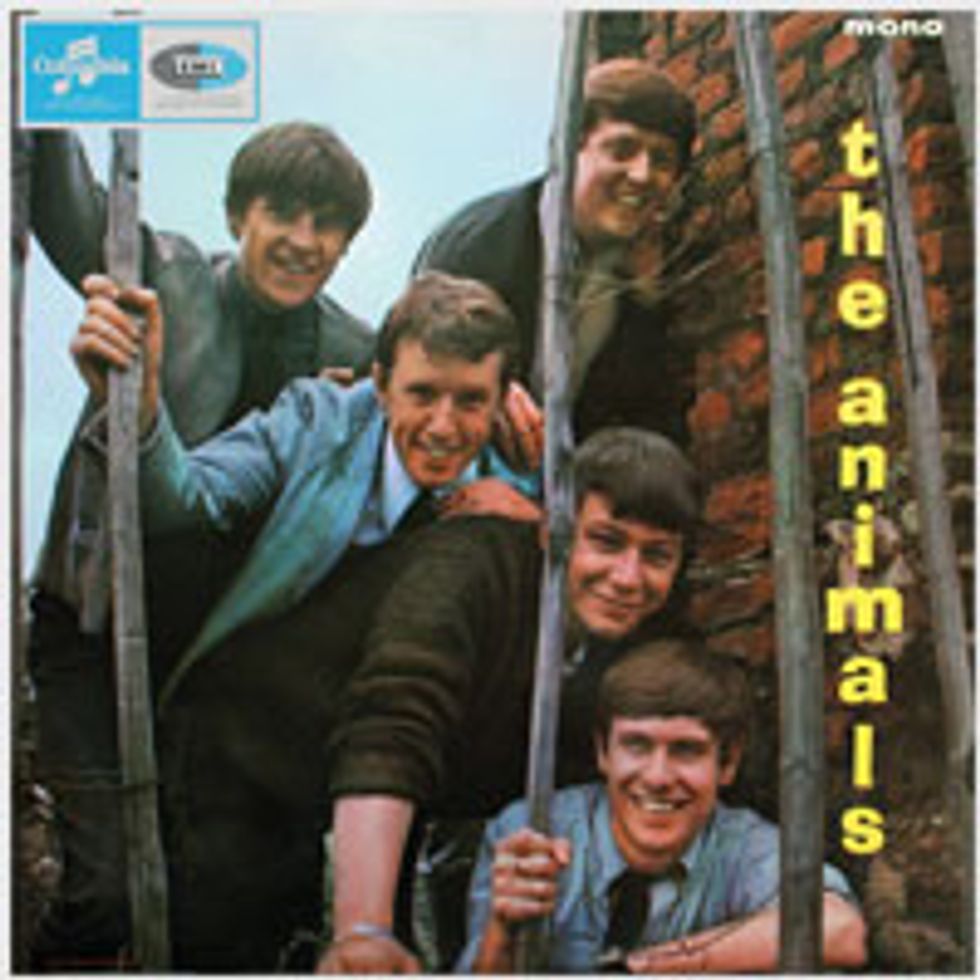
“Boom Boom” by the Animals. I’ve always been fascinated by the bass part in this version of the blues classic. I expect it to go up but it goes down. And somehow, that is so much cooler. I love the overall arrangement because it has so many stops and accents. And it’s fun to play a blues shuffle while navigating through the daunting territory of F, which is a key where all the dots (fretboard markers) seem to be in the wrong place.
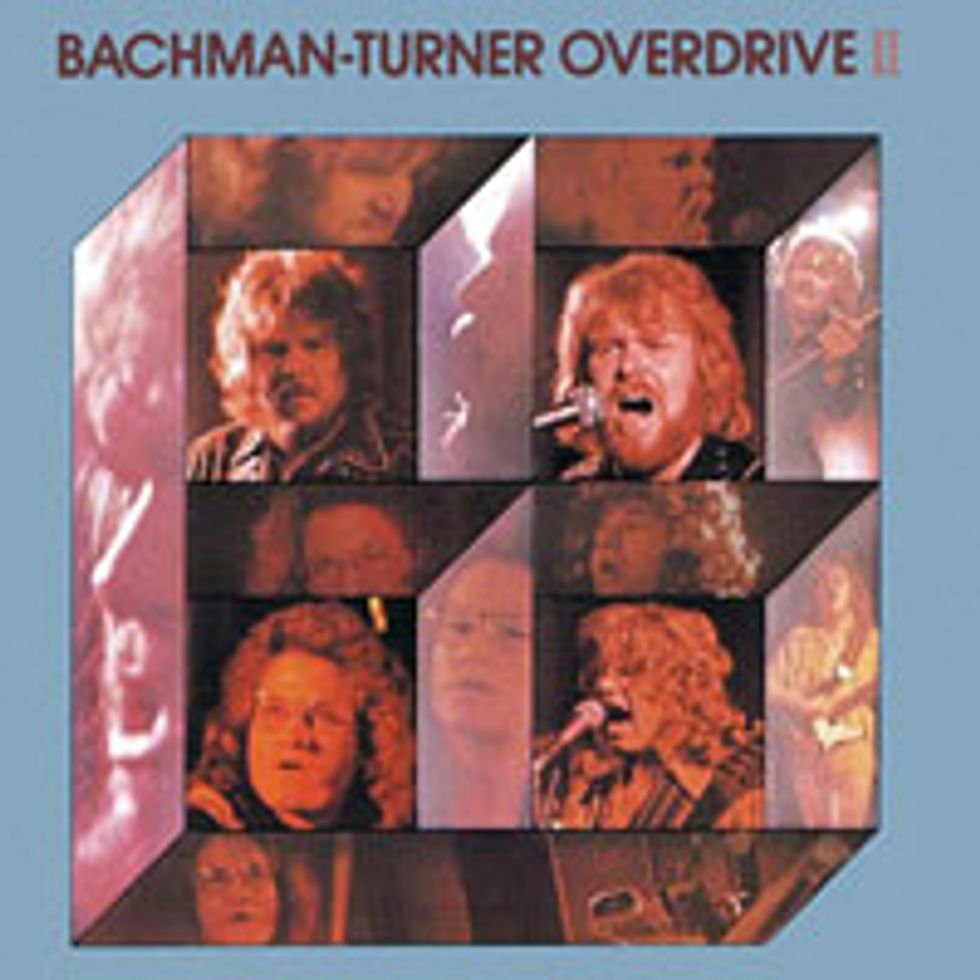
“Taking Care of Business” by Bachman- Turner Overdrive. Whatever the “classic” in classic rock means, this song has heaps of it. I don’t think there is a cowbell in the original recording, but somehow it doesn’t need one because the whole song is like a giant cowbell groove. I’m not sure if my Italian audience could appreciate the philosophy of the lyrics, but I certainly enjoyed them. On a more serious guitar note, the solos continue to give me a great challenge. The chord changes (C–Bb–F–C) don’t seem dangerous at first glance. The C blues scale (C–Eb–F–Gb–G–Bb) is often “good enough,” but to really navigate through the changes purposefully is beyond my current abilities. I still find myself relying on luck and hope. This progression is a perfect example of how even a simple song can be a fantastic guitar teacher. Someday I will get it right. (This is where you can visualize me gazing upward and shaking my fist at a giant, glowing B.T.O. logo.)
And last, but not least …
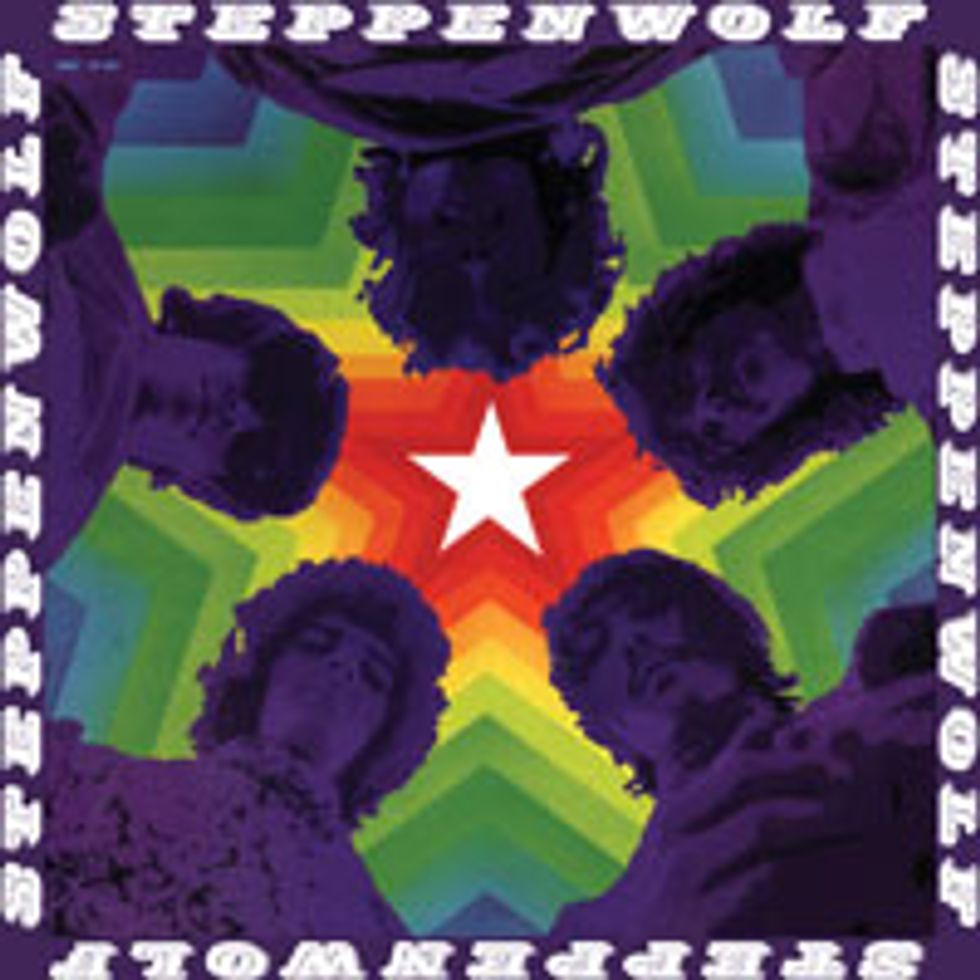
“Magic Carpet Ride” by Steppenwolf. You can shred through scales all day, but if you want a real challenge, try memorizing these lyrics and then singing them at the same time that you play the alternating rhythms of the guitar riff. It’s a lot of rhythms for a single human being to juggle. But once you get it, man, does it feel great. The solo at the end is a challenge for me. The groove is busy with accents and the tempo is right in between my usual comfort zones. It must have been challenging for the original guitarist as well, because he doesn’t do much other than a few choice volume swells. I wanted to give my guitar clinic audience a rousing finale so I had to find a way to put some ripping guitar solos in there. And again, the song is my teacher. A tempo, a key, and a set of accents give me a whole world of challenges and possibilities to experiment with.
So I will end my column the same way I ended my clinics—by encouraging you to write down a list of 10 songs and start learning them now. You can pick mine or you can pick your own. Learn them all the way through. If you can’t make it all the way through, then toss out the tough ones, save them for later, and replace them with simpler ones. Scour your town for musicians and play the songs you learned with a band. It’s fun and it will improve your playing more than anything.
Learn songs.
Learn songs.
Learn songs.



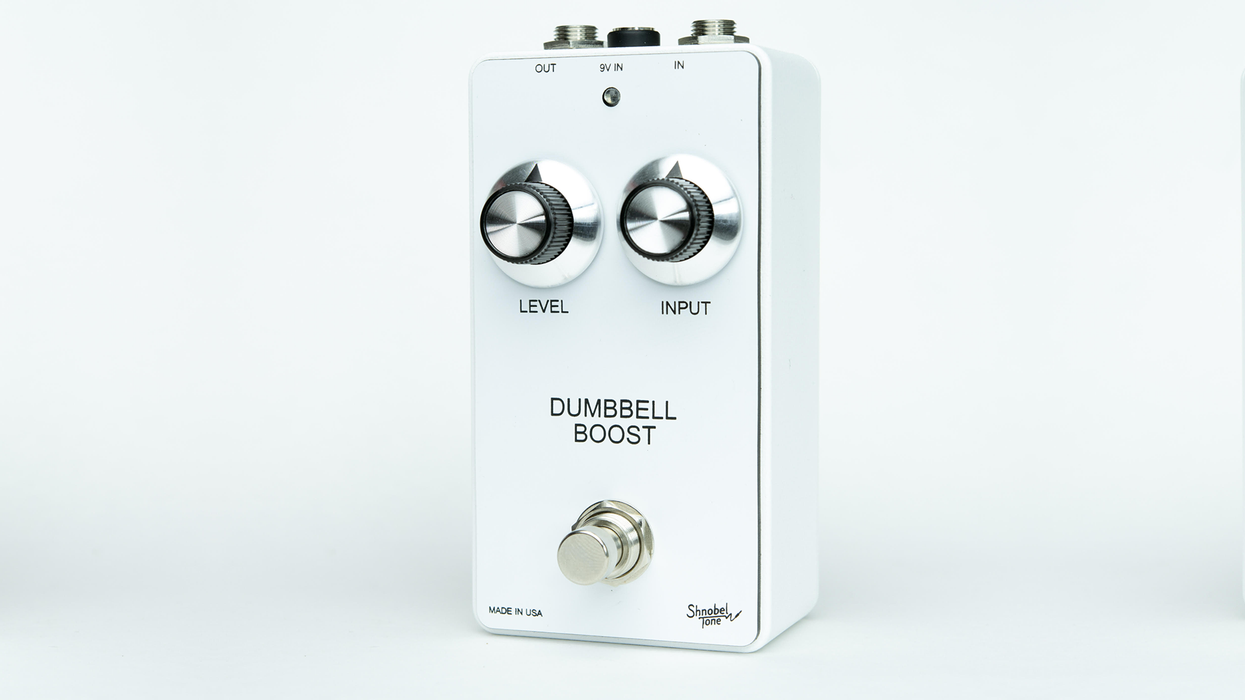

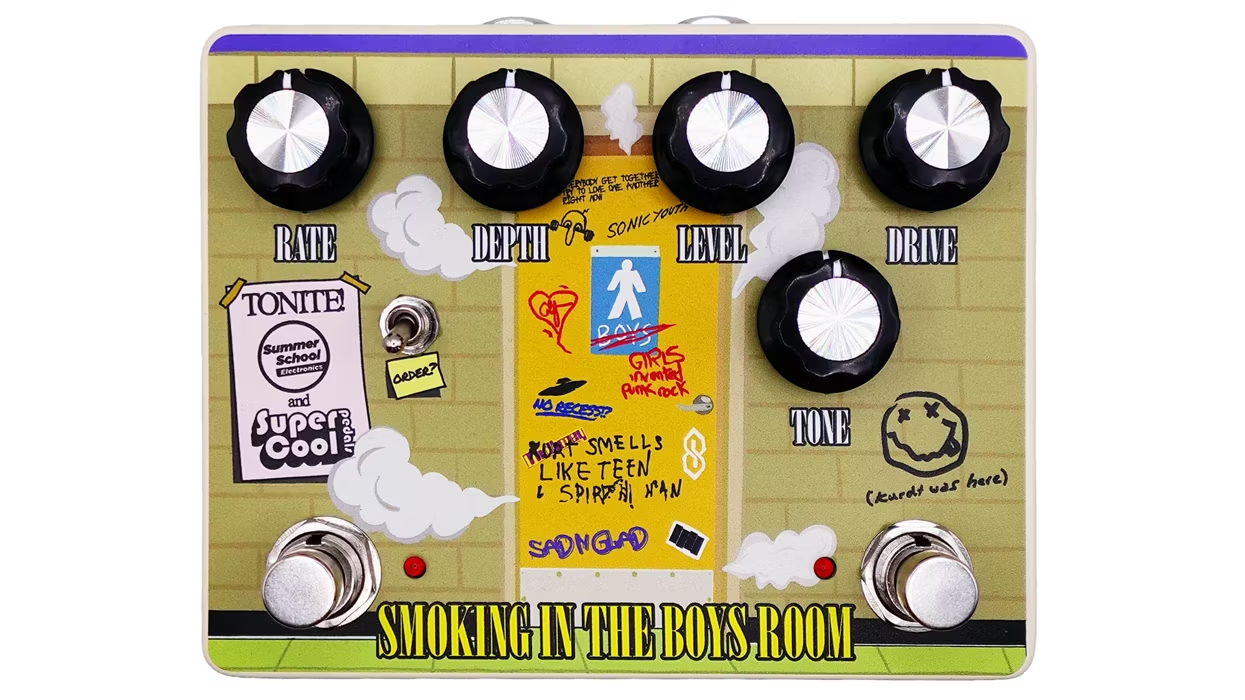


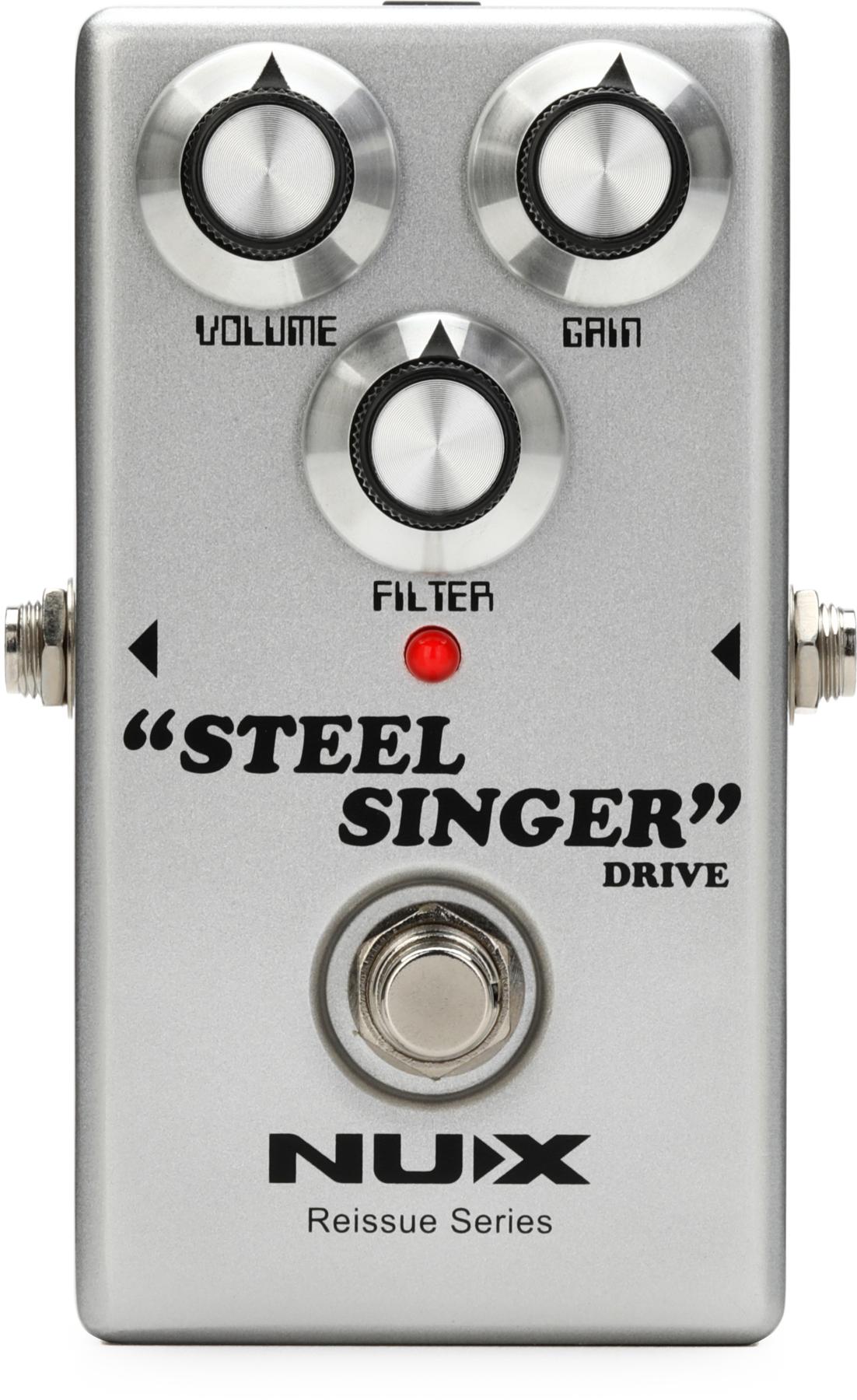

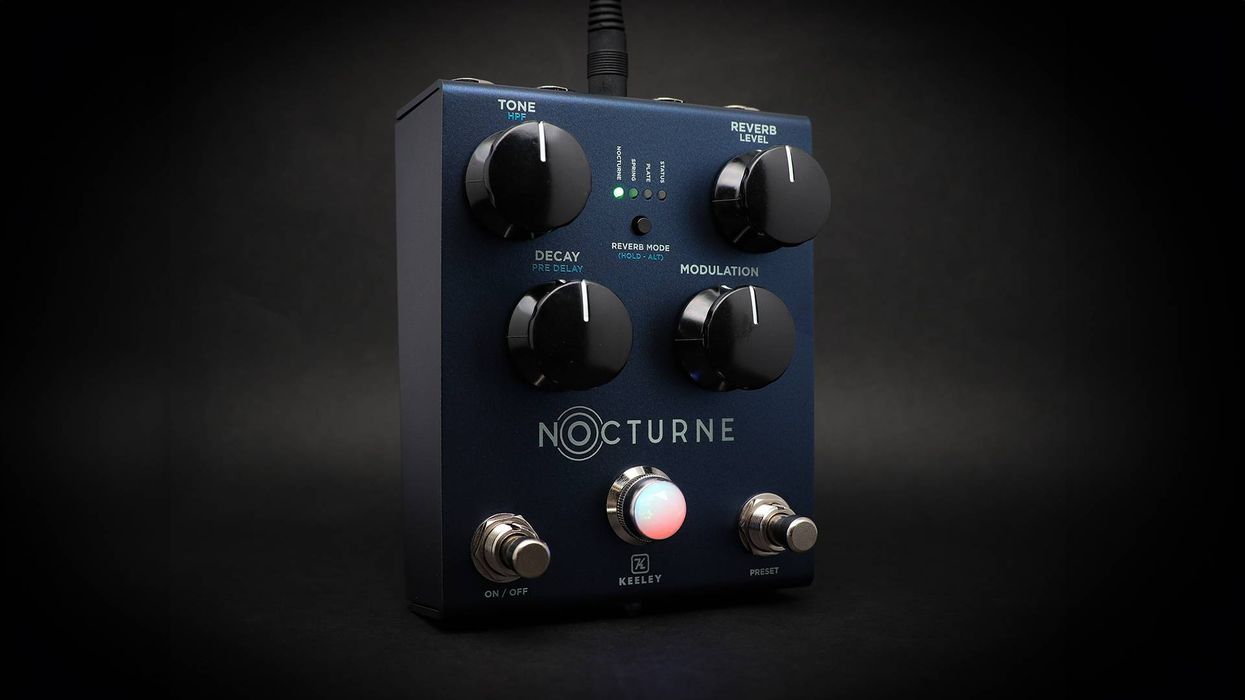

![Rig Rundown: Russian Circles’ Mike Sullivan [2025]](https://www.premierguitar.com/media-library/youtube.jpg?id=62303631&width=1245&height=700&quality=70&coordinates=0%2C0%2C0%2C0)
